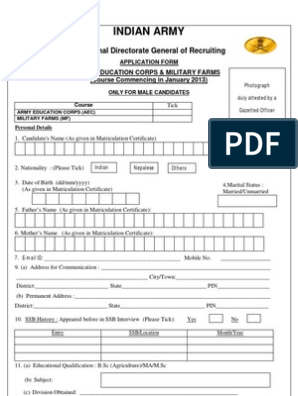0% found this document useful (0 votes)
26 views13 pagesModule 3
The document outlines various security policies including confidentiality, integrity, and hybrid policies, emphasizing their roles in protecting sensitive information. It discusses models such as the Bell-LaPadula and Biba models for enforcing confidentiality and integrity, respectively, and highlights the need for hybrid policies to balance both aspects. Additionally, it covers international standards related to information security management and evaluation criteria.
Uploaded by
sahithibrundaCopyright
© © All Rights Reserved
We take content rights seriously. If you suspect this is your content, claim it here.
Available Formats
Download as PDF, TXT or read online on Scribd
0% found this document useful (0 votes)
26 views13 pagesModule 3
The document outlines various security policies including confidentiality, integrity, and hybrid policies, emphasizing their roles in protecting sensitive information. It discusses models such as the Bell-LaPadula and Biba models for enforcing confidentiality and integrity, respectively, and highlights the need for hybrid policies to balance both aspects. Additionally, it covers international standards related to information security management and evaluation criteria.
Uploaded by
sahithibrundaCopyright
© © All Rights Reserved
We take content rights seriously. If you suspect this is your content, claim it here.
Available Formats
Download as PDF, TXT or read online on Scribd
/ 13























































































